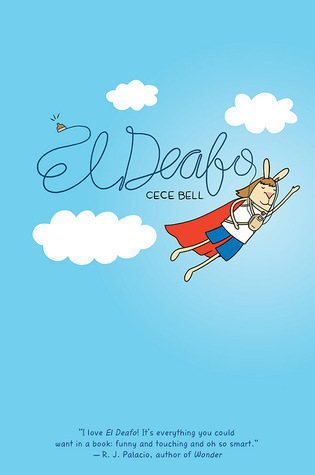The prompt for this essay is a simple one:
What have you learned in this very short semester?
Don't just think about the tangible things you have learned (the 6+1 traits of writing, how to write dialogue, etc.) but also think about the intangible things - what you have discovered about yourself as a writer and as a student.
In addition to a minimum 2-page, double-spaced essay, you will also be asked to include the following:
- Use 3 vocabulary words (IN CONTEXT!) in your essay and highlight them.
- Using the comments feature, point out 3 places where you used a particular trait of writing well and explain why you feel that way.
- Using the comments feature, label an example of each of the 8 parts of speech.
- All pronouns of I must be capitalized or I'm taking off an automatic 3 points.
- If you use a fragment or run-on, point it out and explain why you made that stylistic choice.
- Please make sure you find a way to effectively introduce your essay as well as create a satisfying, resonating ending.
Things to consider when writing your essay (you don't have to include all of these, they're just suggestions of things you can discuss):
Thoughts about your writer's notebook
How have you been brave?
What have you learned about yourself as a writer?
Our author Skype visits from Gae Polisner and Natalie Lloyd
Article of the Week
Weekly vocabulary in your writer's notebook
The class Twitter account -- Is anybody actually following it? ;)
Formal writing assignments you have turned in:
- JK Rowling commencement speech reflection
- Author bio
- NaNoWriMo
- Santa's Elf letter
- "Brave" by Sara Bareilles
- The Crossover by Kwame Alexander
- "The Fringe Benefits of Failure and the Importance of Imagination" by JK Rowling
- "The Breathtaking, Life-Altering Power of Being a Dork" by Jennifer Gonzalez
- Nana in the City by Lauren Castillo
- Flora & Ulysses by Kate DiCamillo
- Rules of Summer by Shaun Tan
- This is Sadie by Sara O'Leary, illustrated by Julie Morstad
- Lightship by Brian Floca
- Waiting by Kevin Henkes
- The Day the Crayons Came Home by Drew Daywalt, illustrated by Oliver Jeffers
- Red: A Crayon's Story by Michael Hall
- Battle Bunny by Mac Barnett and Jon Scieszka, illustrated by Matthew Myers
- I Want My Hat Back and This is Not My Hat by Jon Klassen
- Magic Trash: A Story of Tyree Guyton and His Art by JH Shapiro, illustrated by Vanessa Brantley-Newton
- "Invictus" by WH Henley
- Sam and Dave Dig a Hole by Mac Barnett, illustrated by Jon Klassen
How will this essay be graded? How well you used the 6+1 Traits of Writing and how well you answered the essay prompt.
Also, separate from the essay:
- Share a passage from your NaNoWriMo novel that you think shows your best work and explain why it's your favorite.
- Share a passage of dialogue from your NaNoWriMo novel -- punctuated and indented correctly.
- Provide a synopsis of your NaNoWriMo novel. (Think about how novels are described on the backs of books or inside jacket flaps to entice readers)
Extra credit:
Design a cover for your novel and write a short explanation about how that cover + title works for your novel. (You can turn this in separately from the Google Doc)





















